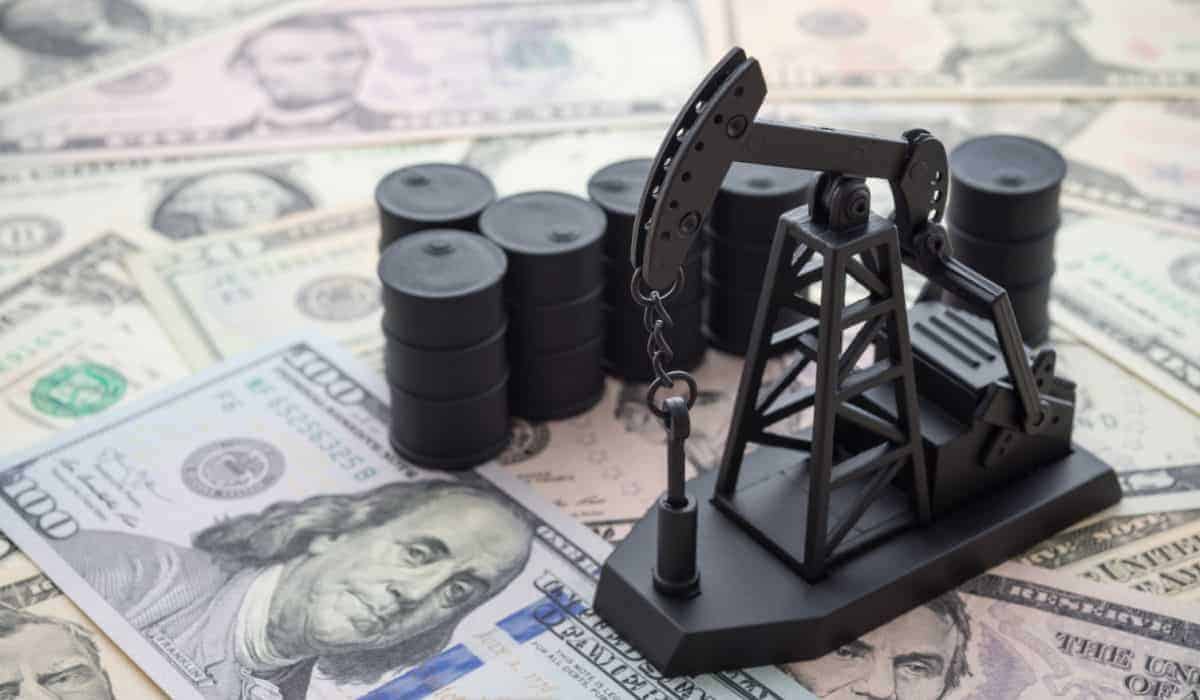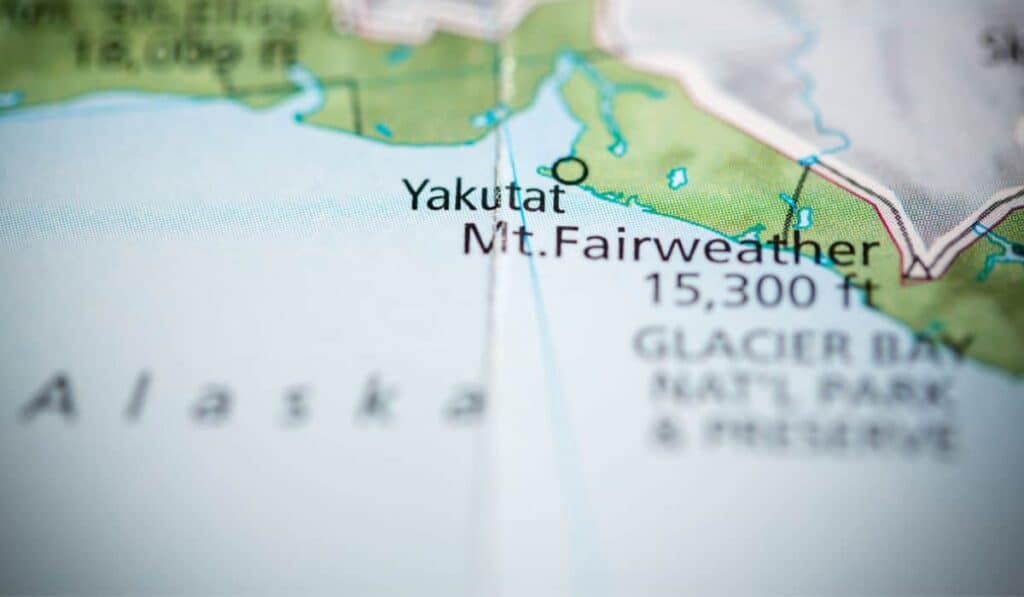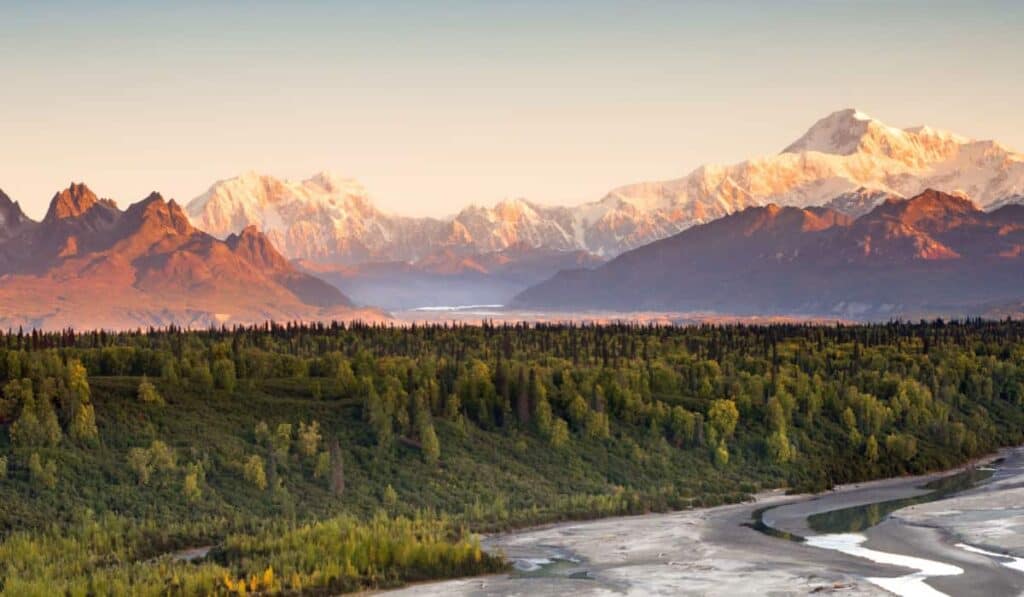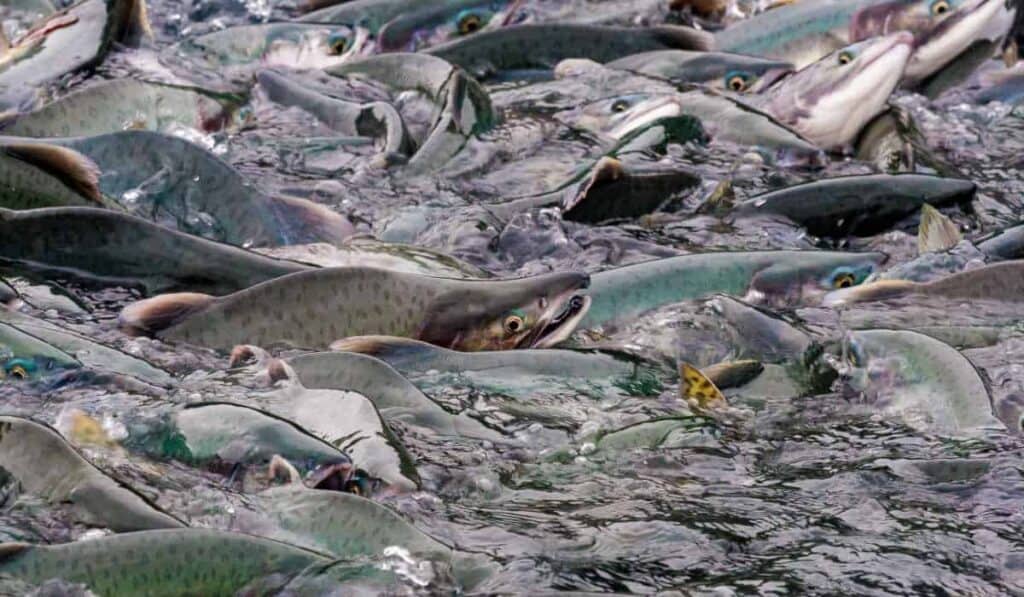Ever since The Simpsons Movie came out on my friend’s birthday in 2007, I have been asked about the Alaska scenes in that movie and whether or not they were accurate.
Specifically, I get asked about the line, “Welcome to Alaska! Here’s a thousand dollars!” spoken by the toll booth operator (voiced by Harry Shearer) to the Simpsons family upon their arrival across the Canadian border.
Even in recent years, after the movie stopped being culturally relevant (according to some people, anyway), people tell me that they have read online that Alaskans can get paid to live here.
Is it true? Can people get paid to live in Alaska? Well, long story short, I’ve been living in Alaska (and “getting paid for it”) for most of my lift so let’s take a look at my experience and clear up some misconceptions.
The Alaska Permanent Fund Dividend
The line I referenced from the Simpsons Movie is partially true, as it refers to a state program called The Permanent Fund Dividend.
Back in the 70s, the oil business in Alaska started to boom. Oil deposits were found all over the North Slope Borough (Borough is just the fancy word we use for “county” up here, like how New Orleans uses the word “parishes”).

Alaska decided that being that the oil was being drilled on state-owned lands, the state government should get the money from all of these big oil companies.
The state also decided that a portion of those funds would be redistributed back to the people in the form of a dividend.
The people’s portion would be put into the stock market, the bond market, and some would be left in the bank to accrue interest.
The returns on that would be based on a five-year average and then distributed equally among everyone who has lived in Alaska for most of the previous year and meets certain eligibility requirements.
How Much Money Do You Get From The PFD?
It depends on the year since it’s based on that five-year average (and Alaska’s population varies). This is a bit of a double-edged sword because, on one hand, if the stock market has record gains and hits an all-time high, that number will be part of the PFD formula for five years.
The other edge of that particular sword, however, is that if the stock market decides to lay an egg one year, you’re stuck with that low number for the next five years, lowering the overall average.
In almost every year of my lifetime, the PFD has been between $1,000 and $2,000 per person, per year. It’s paid out in October (although it was June last year and will be September this year, because of Covid).
Everyone qualifies, even infants who were born after a certain date. I had an old boss who had four kids. Every October, he and his wife received around $10,000 for the six of them.
There have been a few exceptions, of course. The Housing Crisis and subsequent Great Recession in 2008 hurt quite a bit.
This year is also an exception, as the state added $1200 to the PFD as an energy rebate since the cost of home heating has increased.
It’s quite ironic, in that sense, that we’re getting extra crude oil money to cover the high cost of home heating oil in the state.
It makes sense, though, since Alaska doesn’t keep any of our own oil. It’s sent to refineries down south and then redistributed to other states, the Strategic Reserve, and foreign exports, which means we don’t get a discount up here.
PFD Controversies
The PFD has proven quite controversial over the past few years, as the State Legislature has, on multiple occasions, ignored the formula written in the state statutes and instead, come up with their own number for the PFD.
This has led to much debate, as you can imagine, with people from both sides arguing vehemently and passionately over how they think the money should be distributed.
“The government needs that money for schools” vs “Children living in bush villages are having food taken out of their mouths.”
It’s free money, who cares how much they give us?” vs “We’re getting that money because we aren’t allowed to drill for the oil ourselves. It belongs to all of us!”
After about five or six years of this debate, I personally am tired of it and don’t care anymore.
As I explained to someone the other night, me having an opinion or not doesn’t change anything, so I’m just going to live my life and appreciate whatever amount I am lucky enough to receive.
Does The PFD Count as “Being Paid To Live There?”
In my mind, no, because the cost of living is so much higher in Alaska than in most of the rest of the country, it mainly just offsets the extra money I have to pay in order to live here.
The argument could be made that Alaskans are being not to leave, though, which is more compelling to me. I know a lot of people who have planned on moving but eventually decide that the PFD is too cool to pass up and end up staying.
In that sense, yes, if you live here for long enough, the government will give you money that’s designed to convince you not to leave.
It should be noted, though, that this entire line of reasoning only applies to people like me who live in cities or larger towns.
For a lot of Alaskan Natives who live in small bush villages, the PFD is the only money they see every year.
Many of them live a subsistence lifestyle, meaning they hunt, trap, and fish for all of their food. All of which can be done without money.
However, the PFD allows them to continue living the traditional life of their ancestors, while also giving them money to be able to afford things like baby formula, gas, or any other number of things that they couldn’t otherwise afford.
Are There Other Ways To Get Paid?
The short answer is “probably not!” I’ve never received other money specifically for living here. Even a quick Google search for “how do I get paid for living in Alaska” only yielded brilliant results like “get a small business loan.”
Yeah, excellent work, that sure does qualify as “getting paid to live here!” I can’t wait for their next hot tip, “if you get sentenced to time in jail, they legally have to give you food and housing for the entire time you’re in there!”
Okay. I better wrap this up before I go on a tear about internet clickbait, so I’ll just sum up by saying that the PFD exists, but isn’t what I consider “getting paid to live here” unless you’re using an extremely specific definition of that phrase.
It is pretty nice, though. I usually take a trip every year with mine. It’s not really a reason to move here, but it does make winter just a little more bearable.







